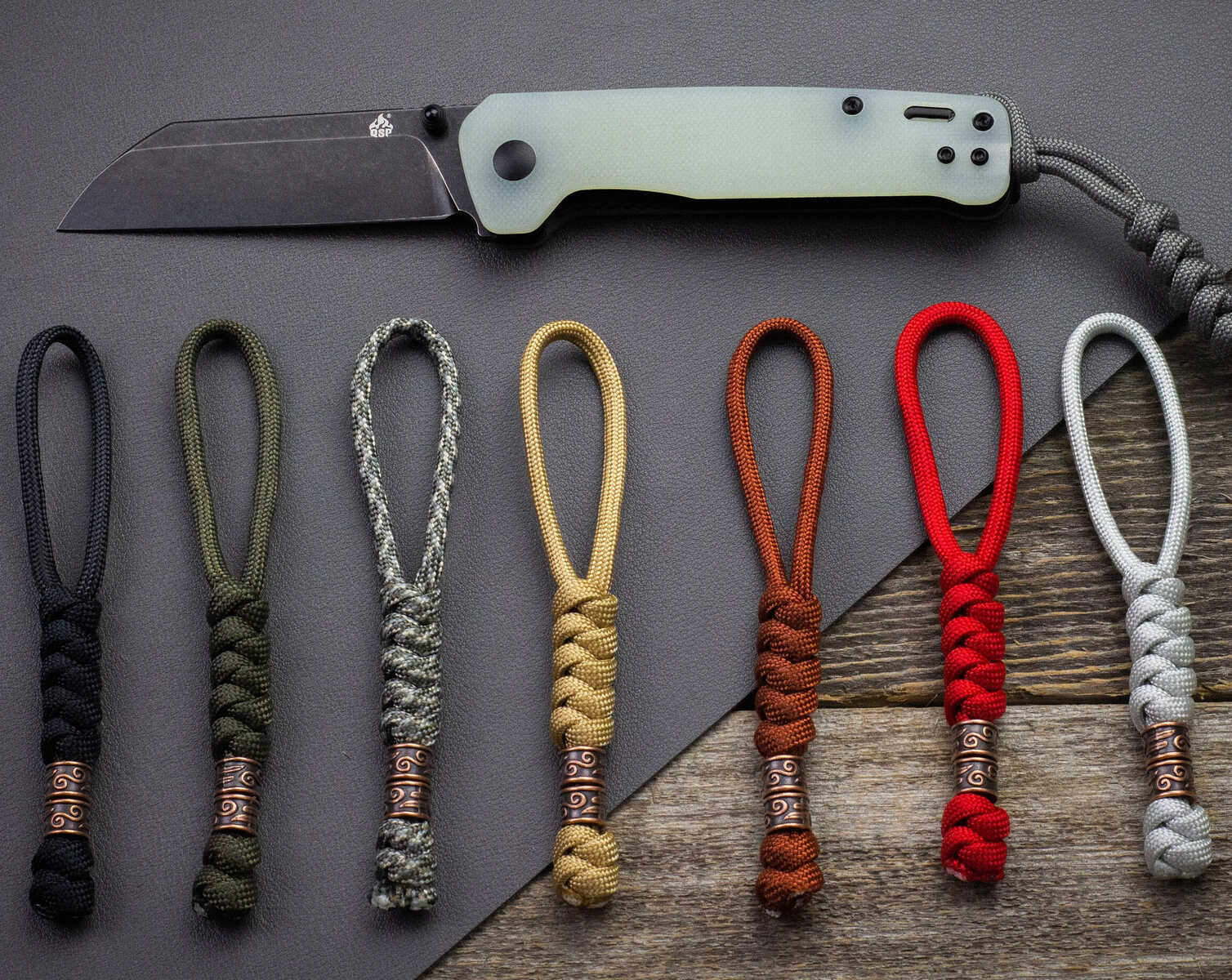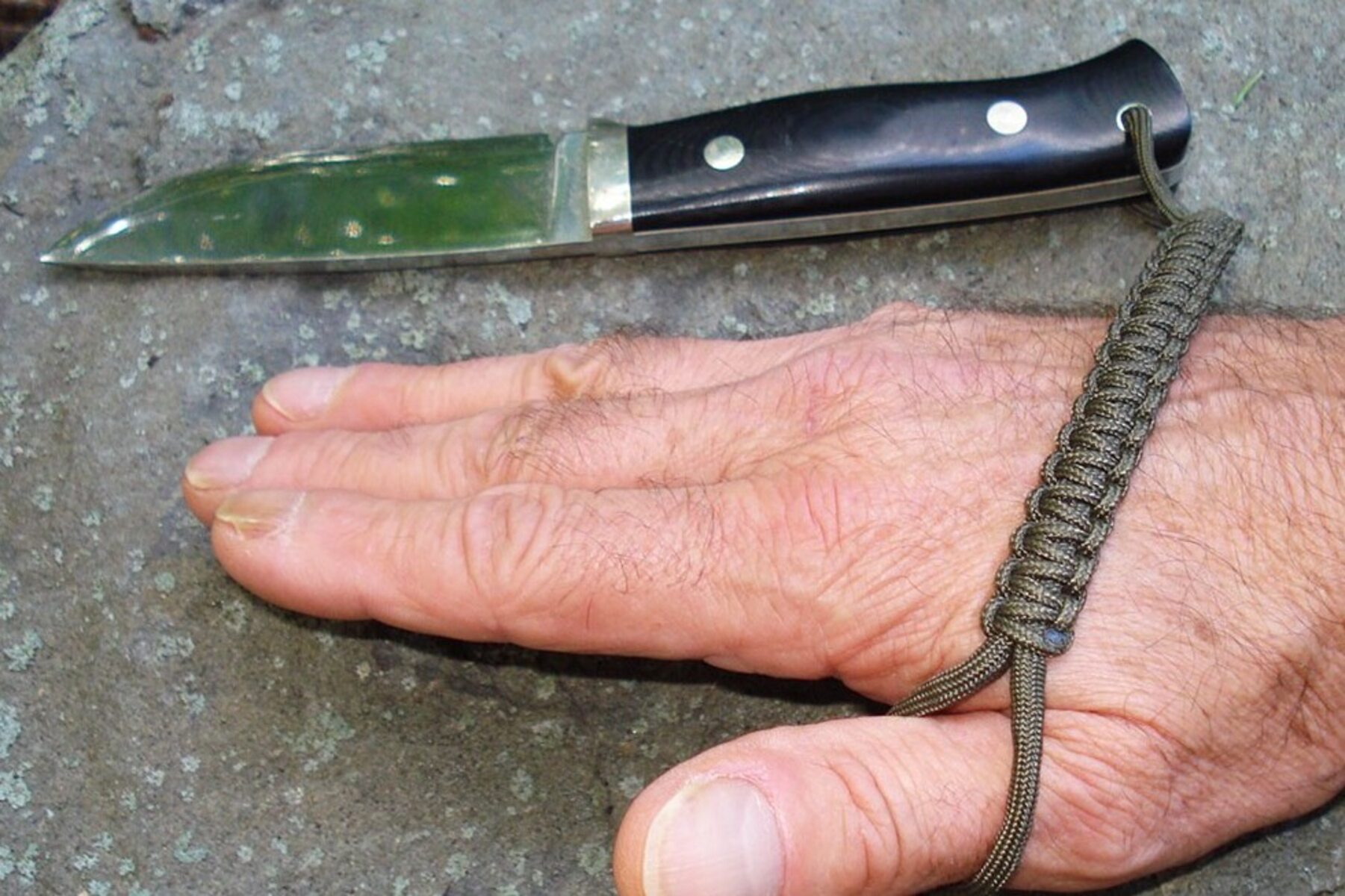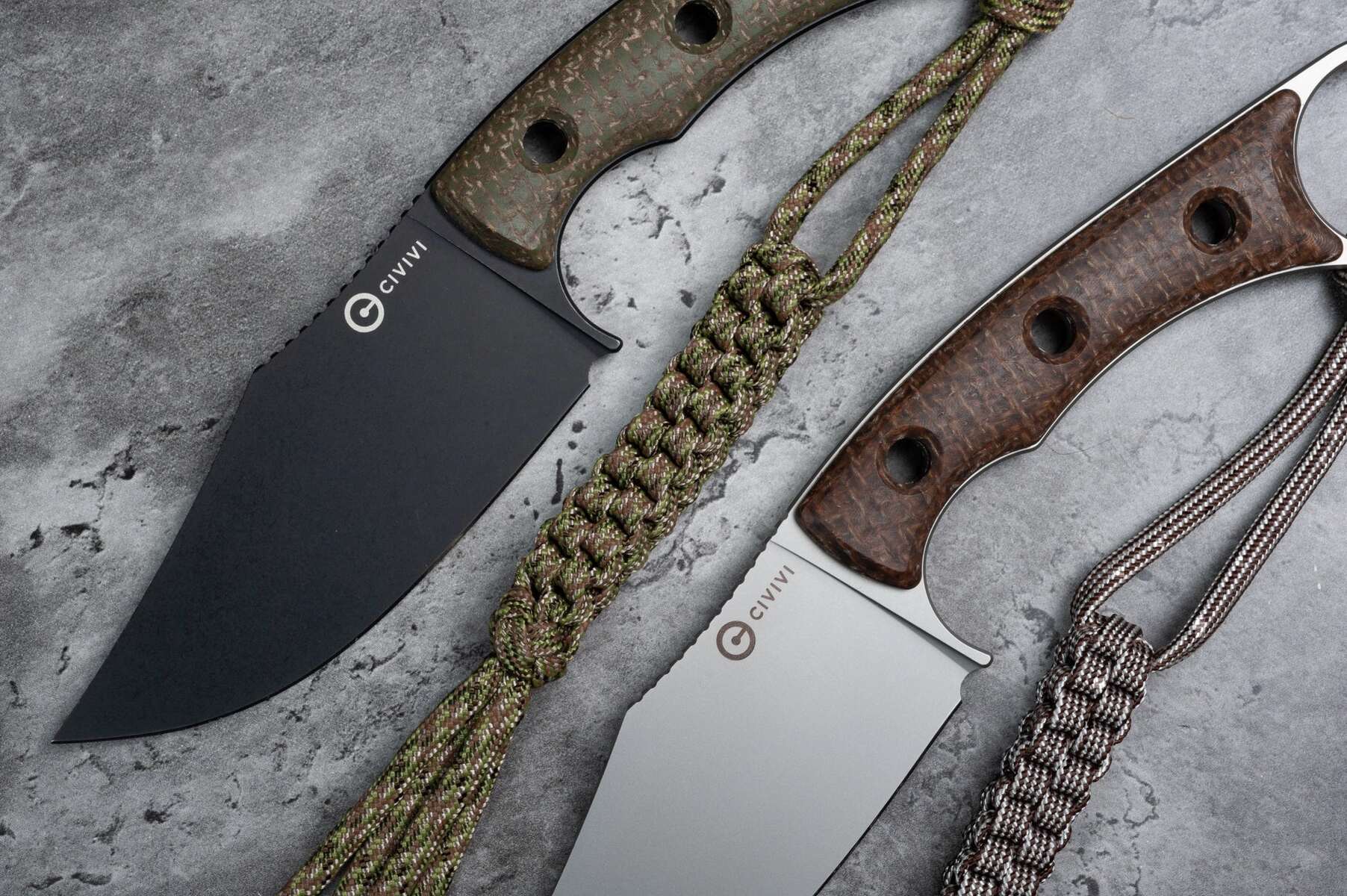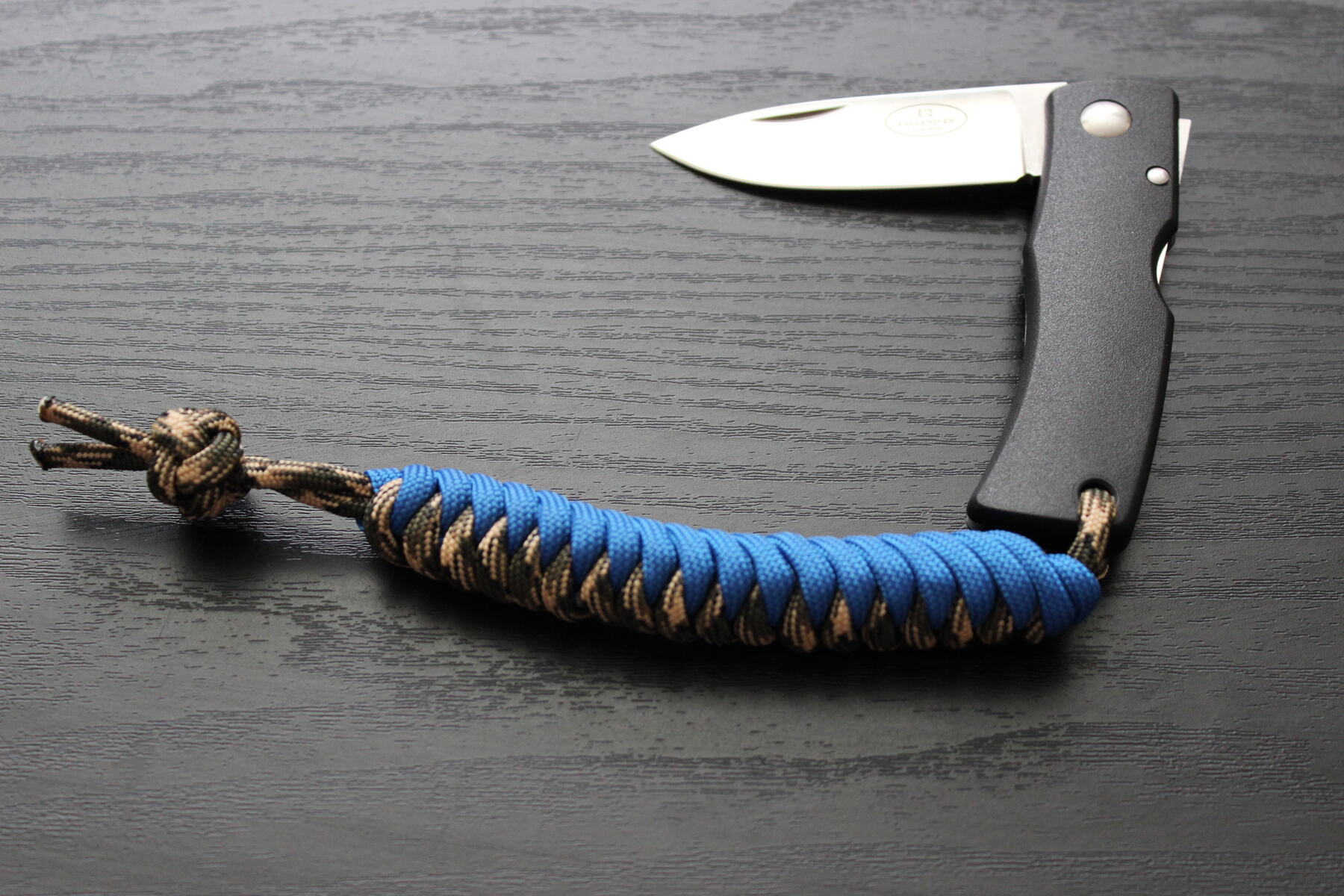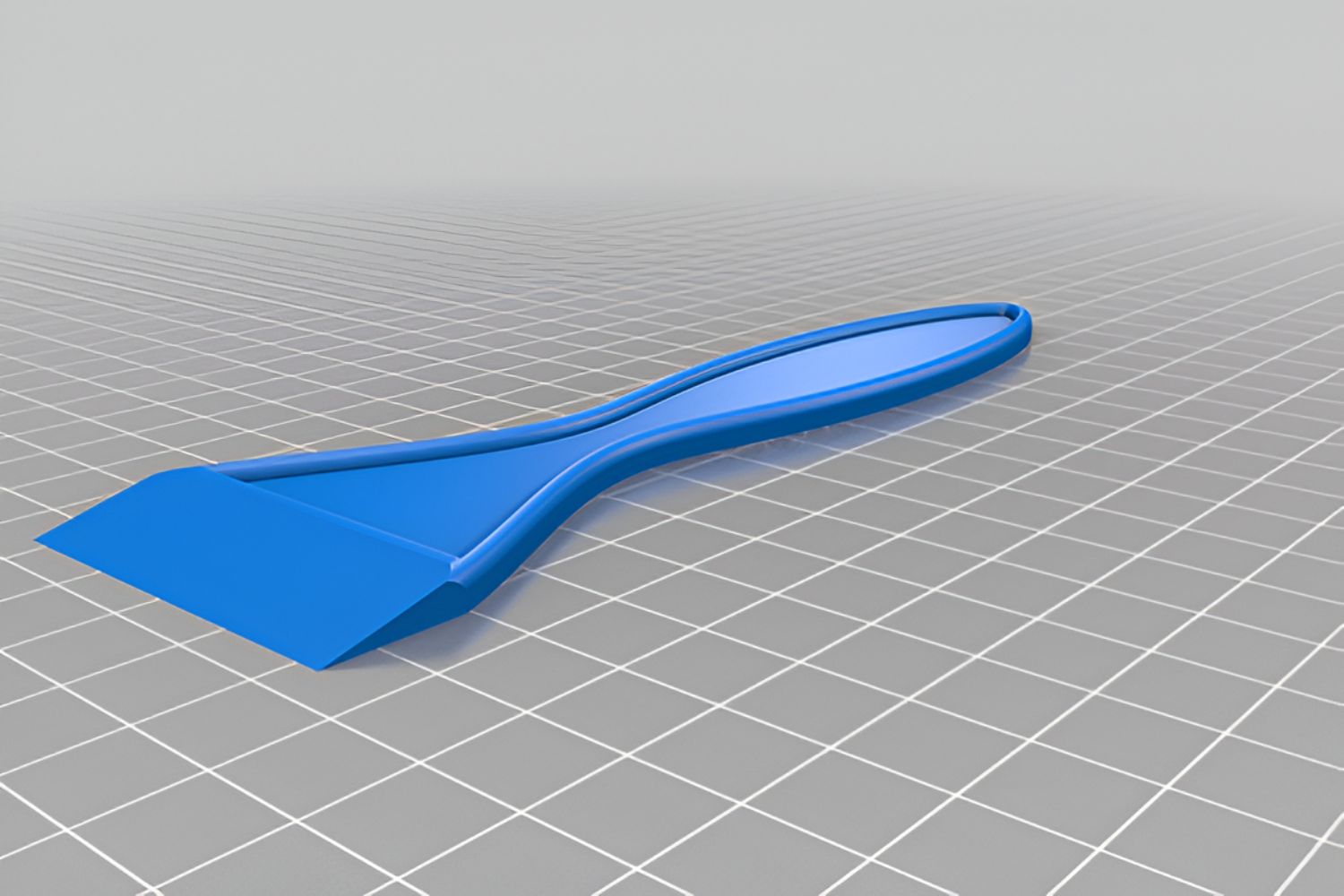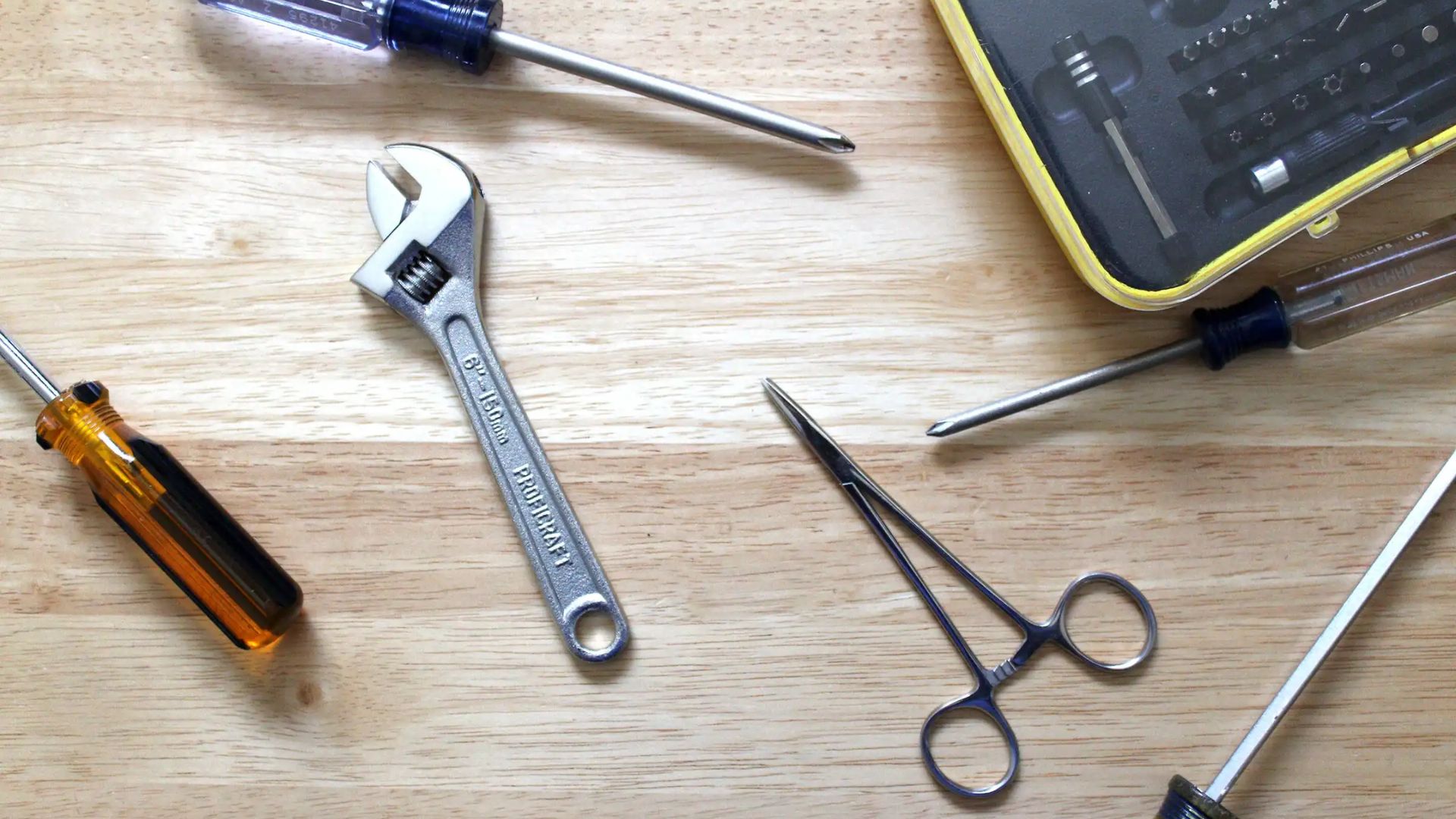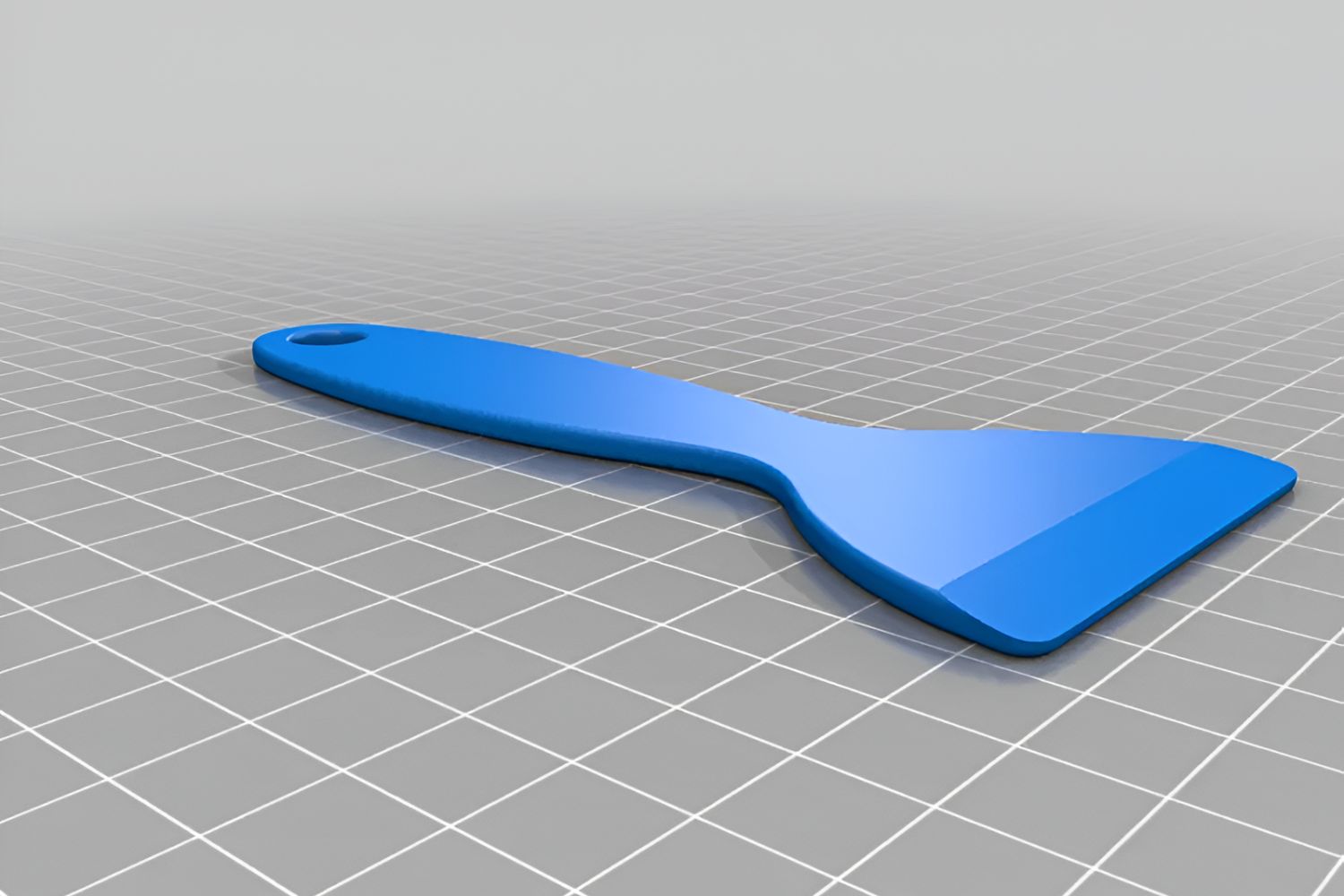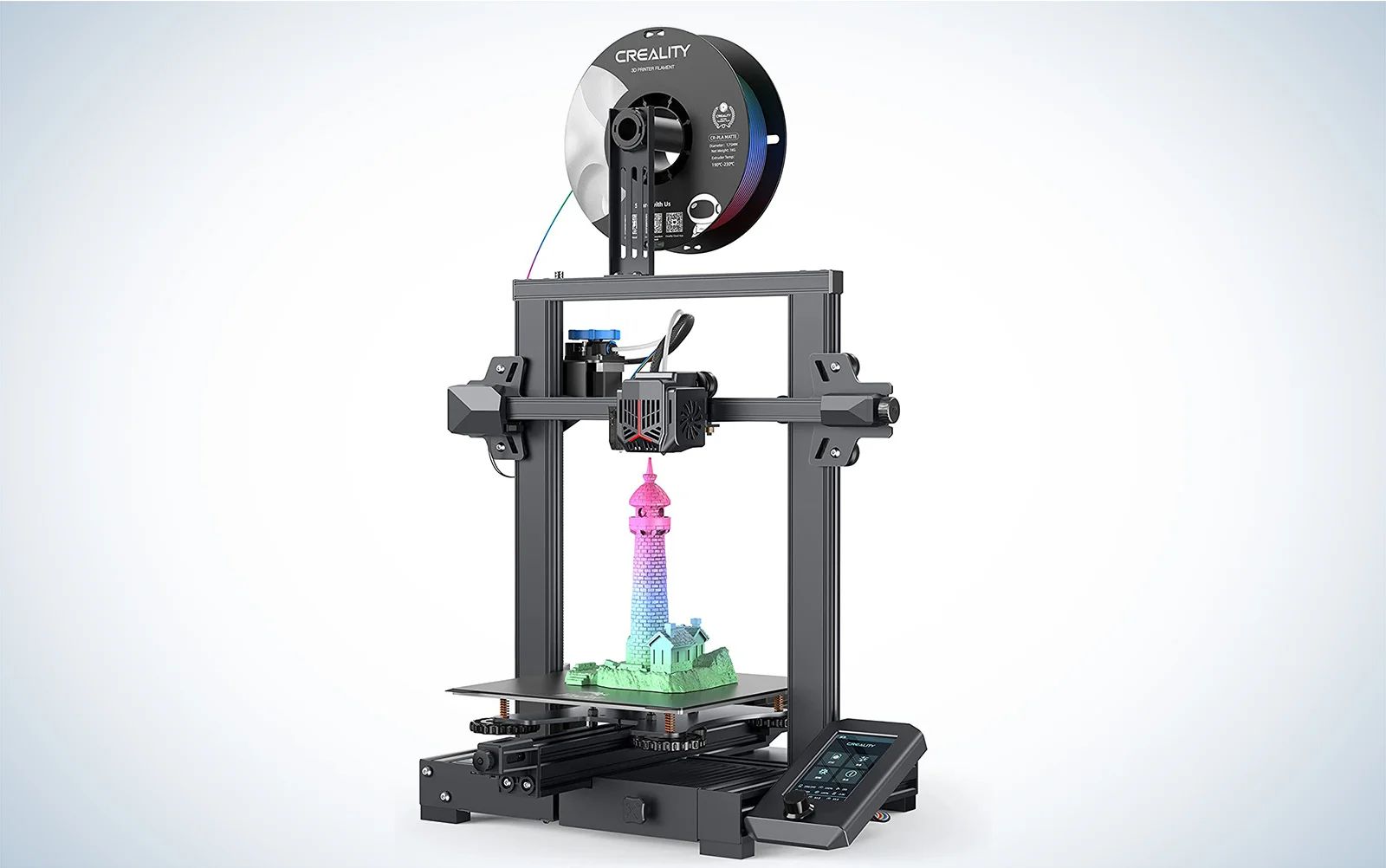Introduction
Lanyards are an essential accessory for knife enthusiasts, providing both practical utility and aesthetic appeal. Whether you are an avid outdoorsman, a survivalist, or simply someone who appreciates the art of knife craftsmanship, knowing how to tie lanyards for knife accessories is a valuable skill. Not only do lanyards offer a convenient way to secure your knife, but they also add a touch of personalization to your gear.
In this comprehensive guide, we will delve into the art of tying lanyards for knife accessories. From unraveling the various types of lanyards to detailing the materials needed and providing a step-by-step tutorial, we will equip you with the knowledge and expertise to elevate your knife-carrying experience. Whether you are looking to add a paracord lanyard to your everyday carry knife or seeking to customize your hunting knife with a decorative lanyard, this guide has you covered.
So, grab your favorite knife and let's embark on this journey to master the art of tying lanyards for knife accessories. Whether you are a seasoned knife enthusiast or a newcomer to the world of blades, this guide is designed to cater to your needs and elevate your knife-carrying experience. Let's dive in and explore the fascinating world of lanyards and their role in enhancing the functionality and style of your beloved knives.
Types of Lanyards for Knife Accessories
When it comes to lanyards for knife accessories, there is a diverse range of styles and designs to choose from, each serving a unique purpose and catering to different preferences. Understanding the various types of lanyards available empowers knife enthusiasts to select the most suitable option for their specific needs. Here are some popular types of lanyards commonly used for knife accessories:
-
Paracord Lanyards: Paracord, also known as parachute cord, is a versatile and durable material that has become synonymous with lanyard crafting. Paracord lanyards are not only functional for securing knives but also offer a wide array of color options and weaving patterns, allowing for personalized and stylish designs.
-
Braided Leather Lanyards: For those seeking a classic and timeless aesthetic, braided leather lanyards are an excellent choice. The rich texture and natural elegance of leather add a touch of sophistication to any knife, making it a popular option for both everyday carry knives and collector's items.
-
Beaded Lanyards: Incorporating beads into lanyard designs adds a decorative element while also enhancing grip and handling. Beads can be made from various materials such as wood, metal, or even gemstones, allowing for customization to match the user's personal style and preferences.
-
Utility Lanyards: In addition to aesthetics, lanyards can also serve practical functions. Utility lanyards often feature built-in tools or accessories, such as fire starters, compasses, or small multi-tools, providing added functionality to the knife-carrying experience.
-
Decorative Knot Lanyards: Lanyards crafted using decorative knots, such as the Turk's head knot or snake knot, offer a visually striking and intricate appearance. These knots not only serve as a means of securing the knife but also showcase the artistry and skill of the maker.
Understanding the distinct characteristics and purposes of each type of lanyard empowers knife enthusiasts to make informed decisions when selecting the ideal lanyard for their specific knives. Whether prioritizing functionality, aesthetics, or a combination of both, the diverse range of lanyard options ensures that there is a perfect fit for every knife and every individual's unique style.
Materials Needed
To embark on the journey of tying lanyards for knife accessories, it's essential to gather the necessary materials to ensure a seamless and enjoyable crafting experience. The materials required for creating lanyards vary depending on the chosen lanyard type and design, but there are several fundamental items that are commonly utilized across different lanyard projects. Here's a comprehensive list of materials needed to get started:
-
Cord or Lanyard Material: The primary material for crafting lanyards is the cord itself. Depending on the desired lanyard type, options include paracord, leather cord, nylon cord, or specialty braiding cord. Each material offers distinct characteristics in terms of durability, flexibility, and aesthetic appeal, allowing for customization based on individual preferences and intended usage.
-
Knife Attachment: In order to secure the lanyard to the knife, a suitable attachment mechanism is required. This can be in the form of a lanyard hole, a split ring, or a lanyard pin, depending on the design of the knife. It's important to consider the compatibility of the attachment with the chosen lanyard material to ensure a secure and reliable connection.
-
Decorative Beads or Charms (Optional): For those looking to add a personalized touch to their lanyard, decorative beads or charms can be incorporated into the design. These embellishments come in a wide range of materials, shapes, and colors, allowing for creative expression and customization. Whether it's a sleek metal bead, a vibrant paracord charm, or a symbolic pendant, the addition of decorative elements can elevate the visual appeal of the lanyard.
-
Scissors or Cutting Tool: A reliable pair of scissors or a cutting tool is essential for trimming the cord to the desired length and ensuring clean, precise cuts during the crafting process. This tool is crucial for achieving neat and professional-looking lanyards, especially when working with materials such as paracord or leather that require accurate cutting.
-
Lighter or Heat Source: When working with synthetic cord materials like paracord, it's beneficial to have a lighter or heat source on hand. This is used to seal the ends of the cord after cutting to prevent fraying and ensure a clean finish. By carefully melting the cut ends, the lanyard's integrity and longevity are enhanced, providing a polished and durable final product.
-
Optional Accessories: Depending on the specific lanyard design and intended use, additional accessories such as small tools, key rings, or decorative knots may be incorporated. These optional accessories can add functionality, visual interest, and personalization to the lanyard, allowing for a tailored and unique creation.
By assembling these essential materials, enthusiasts can set the stage for an engaging and rewarding lanyard crafting experience. Whether it's exploring intricate knotting techniques with paracord or embracing the timeless elegance of leather braiding, having the right materials at hand is the first step towards bringing lanyard designs to life. With the materials gathered and a creative spirit ignited, it's time to delve into the step-by-step process of tying lanyards for knife accessories.
Step-by-Step Guide to Tying Lanyards
Tying lanyards for knife accessories involves a series of intricate yet rewarding steps that culminate in a personalized and functional attachment for your beloved blades. Whether you're drawn to the practicality of paracord lanyards or the timeless charm of braided leather designs, the process of crafting lanyards requires attention to detail and a touch of creativity. Here's a comprehensive step-by-step guide to tying lanyards for knife accessories, tailored to various lanyard types and designs:
-
Selecting the Right Cord: Begin by choosing the appropriate cord or lanyard material based on your desired lanyard type. Whether it's paracord, leather cord, or a specialized braiding material, ensure that the chosen cord aligns with the intended design and functionality of the lanyard.
-
Measuring and Cutting: Determine the desired length for your lanyard, taking into account the attachment method and the overall aesthetic you wish to achieve. Use a reliable cutting tool to trim the cord to the precise length, ensuring clean and even ends for a professional finish.
-
Prepping the Attachment: If your knife features a lanyard hole, prepare the attachment point by threading the cord through the hole. For knives with a split ring or lanyard pin, ensure that the attachment mechanism is securely in place, ready to receive the lanyard.
-
Choosing a Weaving Pattern (For Paracord Lanyards): If you opt for a paracord lanyard, select a weaving pattern that complements your knife and reflects your personal style. Popular weaving techniques such as the cobra knot, king cobra knot, or snake knot offer both visual appeal and structural integrity.
-
Braiding (For Leather Lanyards): For braided leather lanyards, commence the braiding process, paying attention to the tension and alignment of the strands. Whether it's a traditional three-strand braid or a more intricate design, precision and patience are key to achieving a seamless and visually pleasing braid.
-
Incorporating Decorative Elements (Optional): If you've chosen to include decorative beads, charms, or additional accessories, carefully integrate these elements into the lanyard design. The placement and spacing of these embellishments can significantly enhance the overall aesthetic and personalization of the lanyard.
-
Securing the Ends: Once the weaving or braiding is complete, secure the ends of the cord to prevent unraveling. For paracord lanyards, carefully melt the ends with a lighter to create a fused seal, while leather lanyards may require knotting or additional securing techniques.
By following these step-by-step instructions, you can master the art of tying lanyards for knife accessories, transforming raw materials into functional and visually captivating additions to your knife collection. Whether you're driven by practicality, aesthetics, or a blend of both, the process of crafting lanyards offers a rewarding opportunity to infuse your personal touch into your cherished knives.
Tips and Tricks
Crafting lanyards for knife accessories is a blend of artistry, precision, and creativity. To enhance your lanyard tying experience and achieve exceptional results, consider the following tips and tricks:
1. Precision in Measurement and Cutting
Accurate measurement and clean cutting of the lanyard material are crucial for achieving a polished and professional-looking result. Use a ruler or measuring tape to ensure precise lengths, and employ sharp scissors or a cutting tool to create clean, even ends. This attention to detail sets the foundation for a visually appealing and structurally sound lanyard.
2. Experiment with Weaving Patterns
For paracord lanyards, don't hesitate to explore various weaving patterns beyond the traditional cobra knot. Experimenting with intricate patterns such as the king cobra knot or fishtail weave can yield stunning and unique designs that set your lanyard apart. Embrace creativity and adapt weaving techniques to match the character of your knife and your personal style.
3. Tension and Consistency in Braiding
When crafting braided leather lanyards, maintain consistent tension and alignment throughout the braiding process. Even tension ensures a uniform and visually appealing braid, while precise alignment of the strands contributes to a seamless and refined final product. Practice patience and attention to detail to achieve a flawless braid.
4. Personalize with Decorative Elements
Incorporating decorative beads, charms, or custom knots allows for personalization and individualization of your lanyard. Experiment with different combinations and placements of decorative elements to create a lanyard that reflects your unique style and preferences. Whether it's a subtle accent or a bold statement, these embellishments add a touch of personality to your creation.
5. Secure Endings with Care
After completing the weaving or braiding process, take care to secure the ends of the lanyard effectively. For paracord lanyards, use a lighter to carefully melt and fuse the ends, preventing fraying and ensuring durability. With leather lanyards, employ reliable knotting techniques or consider using leather adhesive to secure the ends with a professional finish.
6. Practice Patience and Persistence
Lanyard crafting is a skill that benefits from patience and persistence. Embrace the learning process and allow yourself the time to master new weaving or braiding techniques. With each project, you'll refine your skills and expand your repertoire, leading to increasingly intricate and impressive lanyard designs.
By incorporating these tips and tricks into your lanyard crafting endeavors, you can elevate the quality and creativity of your knife accessories. Whether you're a seasoned lanyard maker or embarking on your first lanyard project, these insights will guide you towards achieving exceptional results and infusing your personal touch into every lanyard creation.
Conclusion
In conclusion, mastering the art of tying lanyards for knife accessories opens up a world of creativity, personalization, and practical functionality for knife enthusiasts. Whether you're drawn to the rugged versatility of paracord lanyards, the timeless elegance of braided leather designs, or the decorative allure of beaded lanyards, the process of crafting lanyards is a deeply rewarding endeavor. By delving into the realm of lanyard crafting, individuals can elevate their knife-carrying experience and infuse their personal touch into every aspect of their gear.
Through this comprehensive guide, we've explored the diverse types of lanyards available, each offering unique characteristics and catering to different preferences. From the utilitarian appeal of paracord lanyards to the classic charm of braided leather designs, understanding the nuances of each lanyard type empowers enthusiasts to make informed choices that align with their individual style and functional requirements.
Furthermore, the materials needed for lanyard crafting have been detailed, providing a clear roadmap for enthusiasts to gather the essential components for their projects. Whether it's selecting the right cord material, preparing the knife attachment, or incorporating optional decorative elements, having the necessary materials at hand sets the stage for an engaging and fulfilling lanyard crafting experience.
The step-by-step guide to tying lanyards has equipped enthusiasts with the knowledge and techniques to embark on their lanyard crafting journey with confidence. Whether it's selecting the right weaving pattern for paracord lanyards or mastering the art of braiding for leather designs, the guide has provided a roadmap for enthusiasts to bring their lanyard visions to life.
Moreover, the tips and tricks shared in this guide serve as invaluable insights to enhance the quality and creativity of lanyard crafting endeavors. By emphasizing precision, experimentation, personalization, and patience, these tips empower enthusiasts to refine their skills and create lanyards that reflect their unique style and attention to detail.
In essence, tying lanyards for knife accessories transcends the realm of mere practicality, evolving into a form of self-expression and craftsmanship. With each lanyard creation, enthusiasts have the opportunity to imbue their knives with personalized touches, reflecting their individuality and passion for the art of blade companionship.
As you embark on your lanyard crafting journey, may this guide serve as a source of inspiration, guidance, and encouragement. Whether you're seeking to enhance the functionality of your knives or add a touch of artistry to your collection, the art of tying lanyards for knife accessories invites you to explore, create, and elevate your knife-carrying experience.







